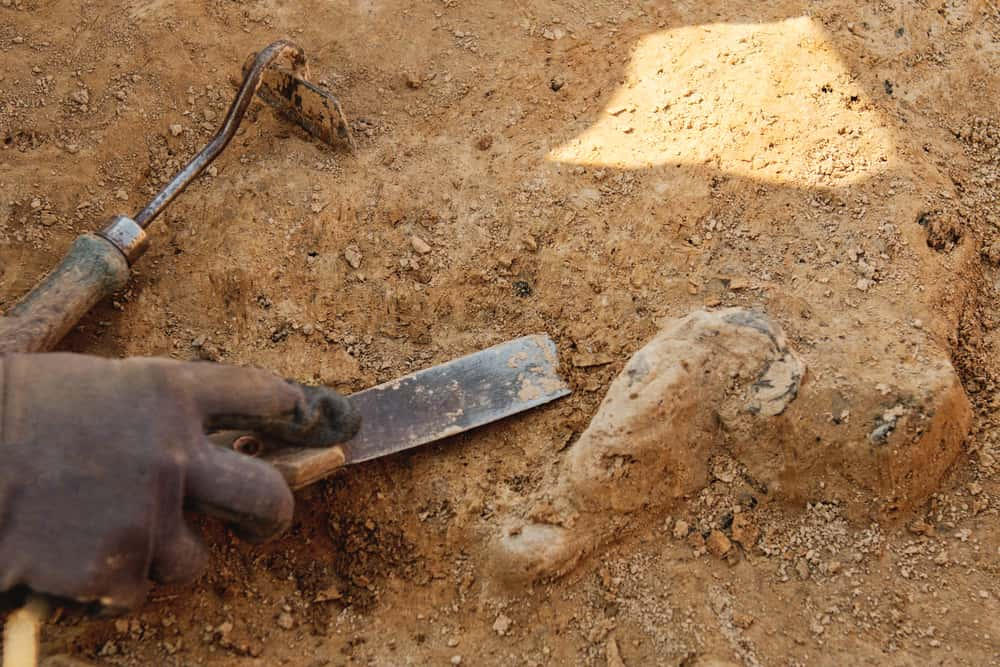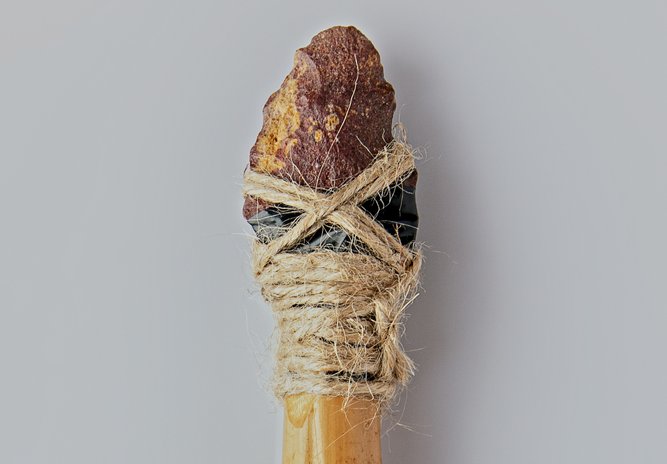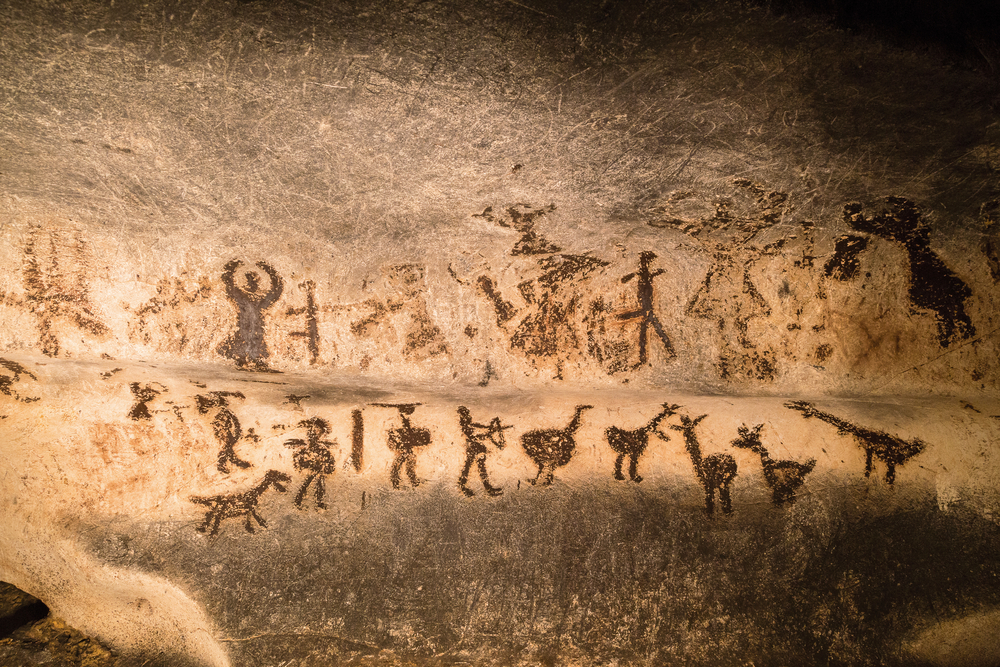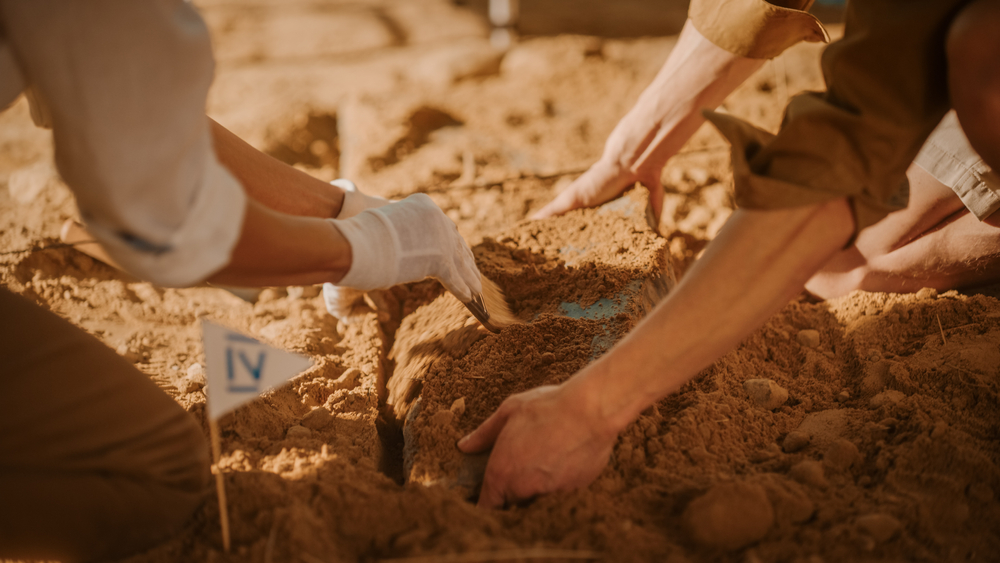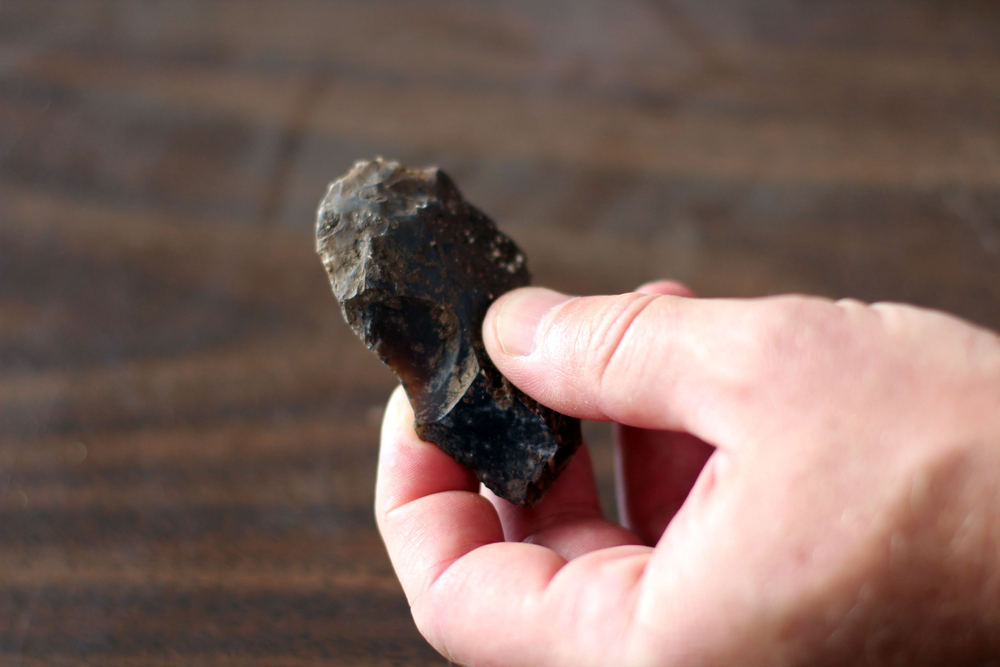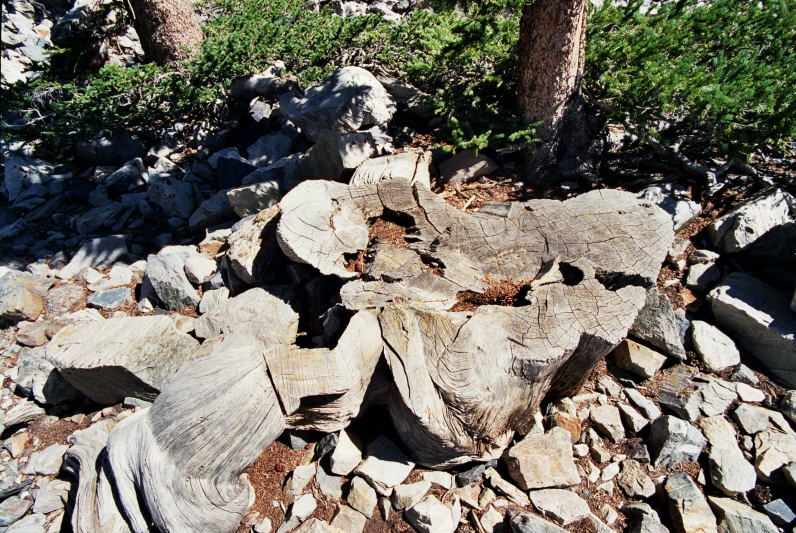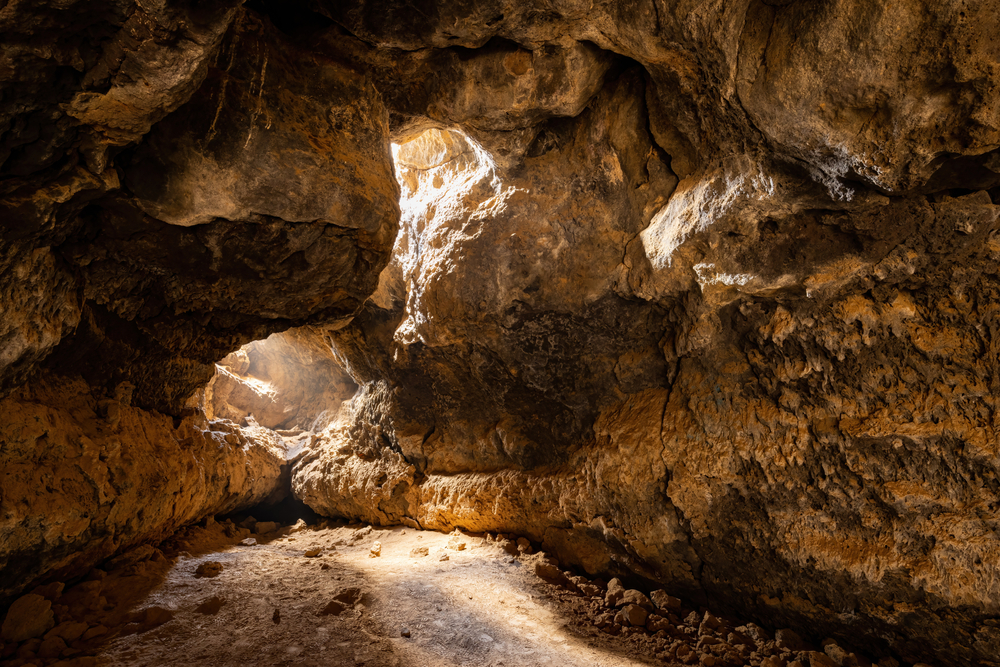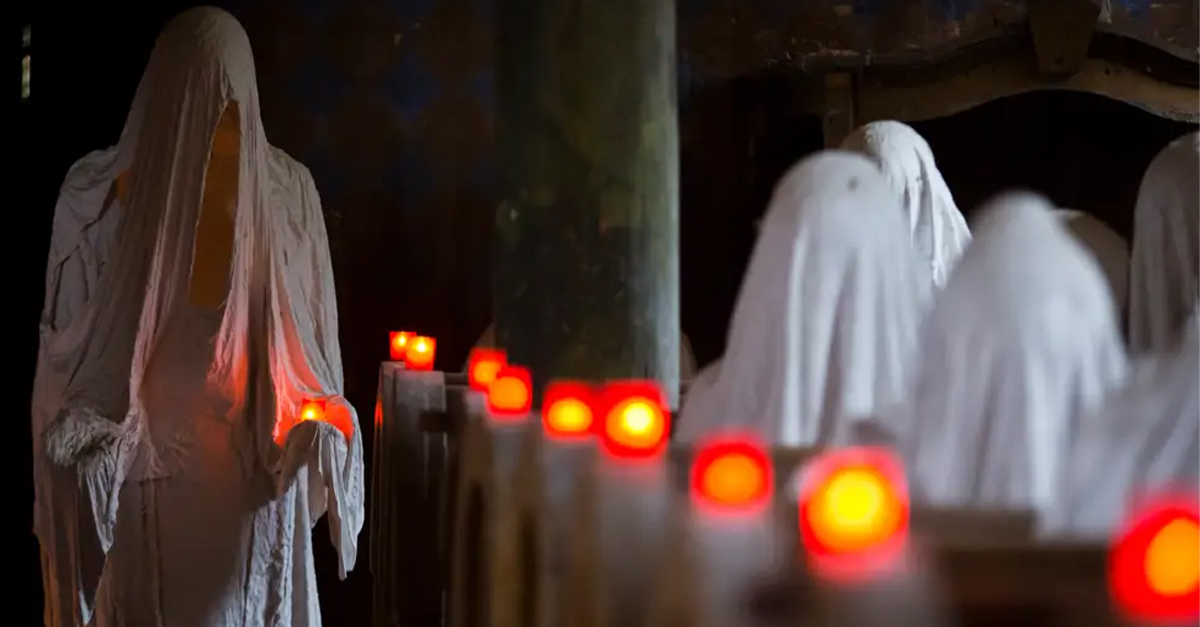How Does Your Hunting Kit Compare To One That's Over 6,000 Years Old?
While finding weapons in Texas mightn't strike you as strange, it is when those weapons are ancient. In late April 2025, scientists and archaeologists at Big Bend National Park in West Texas uncovered what could be the earliest hunting weapons ever found in North America.
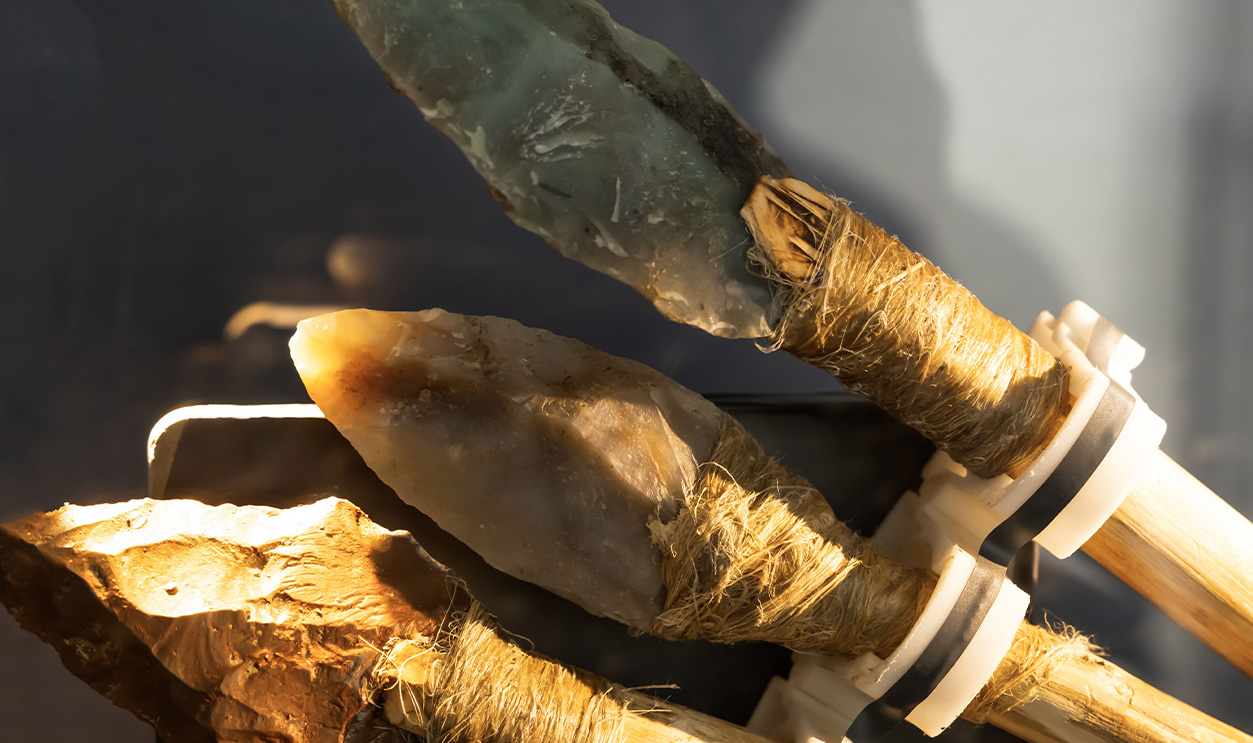
The Site Of Discovery
The weapon caches, which include several spears, poison darts, and arrows, were located over several years of excavation, which began in 2020. They were inside a set of caves known as the San Esteban rock shelter, not far from the Mexican border, but within the boundaries of Big Bend National Park.
 Niagara66, CC BY-SA 4.0, Wikimedia Commons
Niagara66, CC BY-SA 4.0, Wikimedia Commons
The Archaeology Team
The team spearheading (sorry) the discovery consisted of two groups: one from the University of Kansas and the Center for Big Bend Studies at Sul Ross State University, a public university located in nearby Alpine, Texas. The most recent weapon was located last summer, with further excavations expected to take place this summer.
 Catboy69, CC BY-SA 4.0, Wikimedia Commons
Catboy69, CC BY-SA 4.0, Wikimedia Commons
The Ancient Weaponry
Among the haul uncovered by the scientists include: a spear thrower with a set of four darts with notched ends that were used in the spear thrower, parts of the spear thrower itself, six wooden foreshafts with sharp stone-tipped points, and four hardwood shafts that are believed to have been used for poison darts. There was also a folded pronghorn antelope hide located, suggesting the early peoples were good at hunting the animals.
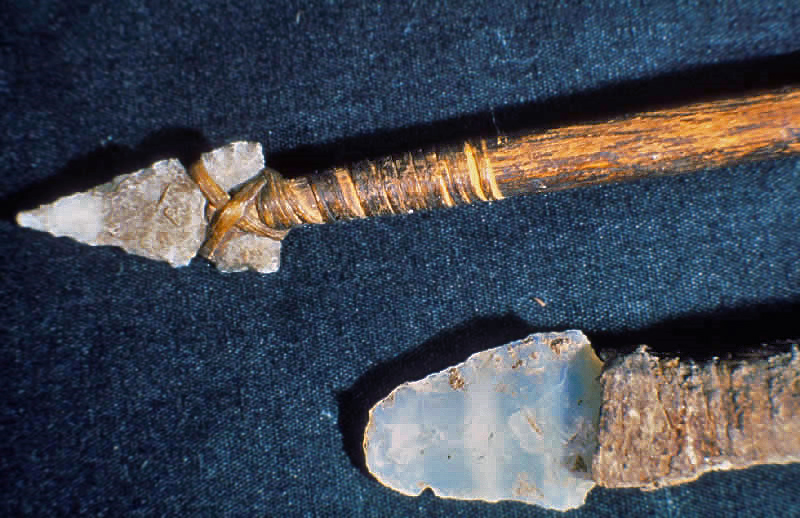 Unknown Author, Wikimedia Commons
Unknown Author, Wikimedia Commons
How Old Are They?
Using carbon dating, the team was able to pinpoint that the spear thrower is older than the foreshafts, but that all of the pieces were around 6,500 years old. The spear thrower is expected to be around 7,000 years old. Also called an atlatl, this spear thrower would have been used to hurl darts with greater force.
A Delivery Vehicle For Poison Darts
Other hardwood shafts that were located among the find are thought to be a delivery vehicle for poison darts. Poison darts were used frequently by Native Americans, using snake venom. It's possible that the early humans who hunted in North America may also have used snake venom.
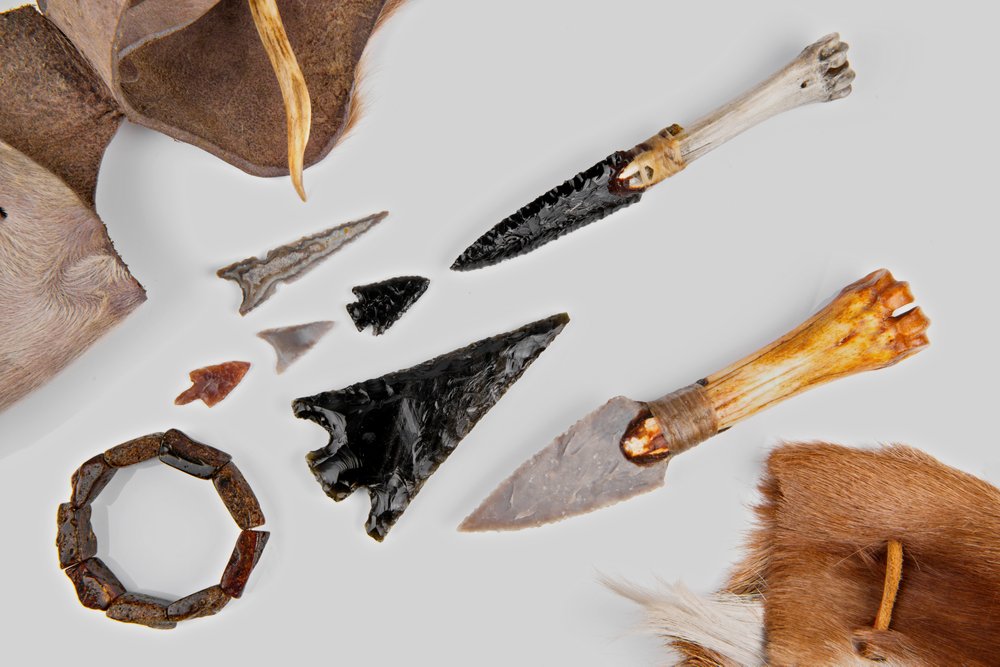 Food Impressions, Shutterstock
Food Impressions, Shutterstock
How Did The Hunting Kit Survive For 6,500 Years?
Most ancient artifacts that were made of wood don't have the kind of shelf-life and longevity that this particular hunting kit has had, surviving in a cave for almost 7,000 years. But why? The scientists argue that the preservation of the materials was likely due to the arid conditions within the cave itself, offering protection against the elements.
The Cave May Have Been A Workshop
Because of the volume of partial weaponry found there, it's likely that the cave was a workshop, rather than just a temporary shelter as the archaeologists had originally speculated. There were also a piece of folded-up pronghorn hide that had been untouched for centuries when it was discovered.
Bone Fragments Suggest Pronghorn Were The Main Prey Of Early Hunters
During their search of the cave system, archaeologists also found bone fragments belonging to pronghorn, a type of horned antelope and the fastest land mammal in North America. At full run, they can reach up to 60 mph. Early hunters must have been quite adept with those spears to catch such quick prey.
Tanned Pronghorn Hide Used To Prevent Decay
Interestingly, the pronghorn hide had been tanned, a common method used to prevent decay of materials. It's likely that the hide was used as some sort of wrap for pre-finished spears, or those still in need of repair. Many centuries later, Native Americans used (and continue to use) animal hide to prevent decay. The fur of this particular pronghorn hide was still attached, whereas it normally would have rotted away.
The Old Wood Problem Of Radiocarbon Dating
Unfortunately for the group of archaeologists, radio carbon dating ran into issues when providing a more precise date for the artifacts. The issue, known as the "Old Wood Problem," occurs when wood used for the creation of weapons (in this case) was harvested from trees that died well before the artifacts were created, some 6,500 years ago.
Context Provides Clues That Data Cannot
However, because the archaeological team also had the additional context of the cave system, as well as the types of weaponry found and the addition of the pronghorn hide, they can say with greater certainty that the overall age of this hunting kit was between 6,500 and 7,000 years old.
Complete Findings Coming Soon—But What Questions Remain?
While the team of archaeologists is due to publish their final reports on their findings in the coming months, some questions remain about the hunting kit they've found. Who used them? Where did they come from? Luckily, we'll be able to find out more about what they ate as fossilized human waste was left behind, too. The scientists are still waiting for the results on that analysis.
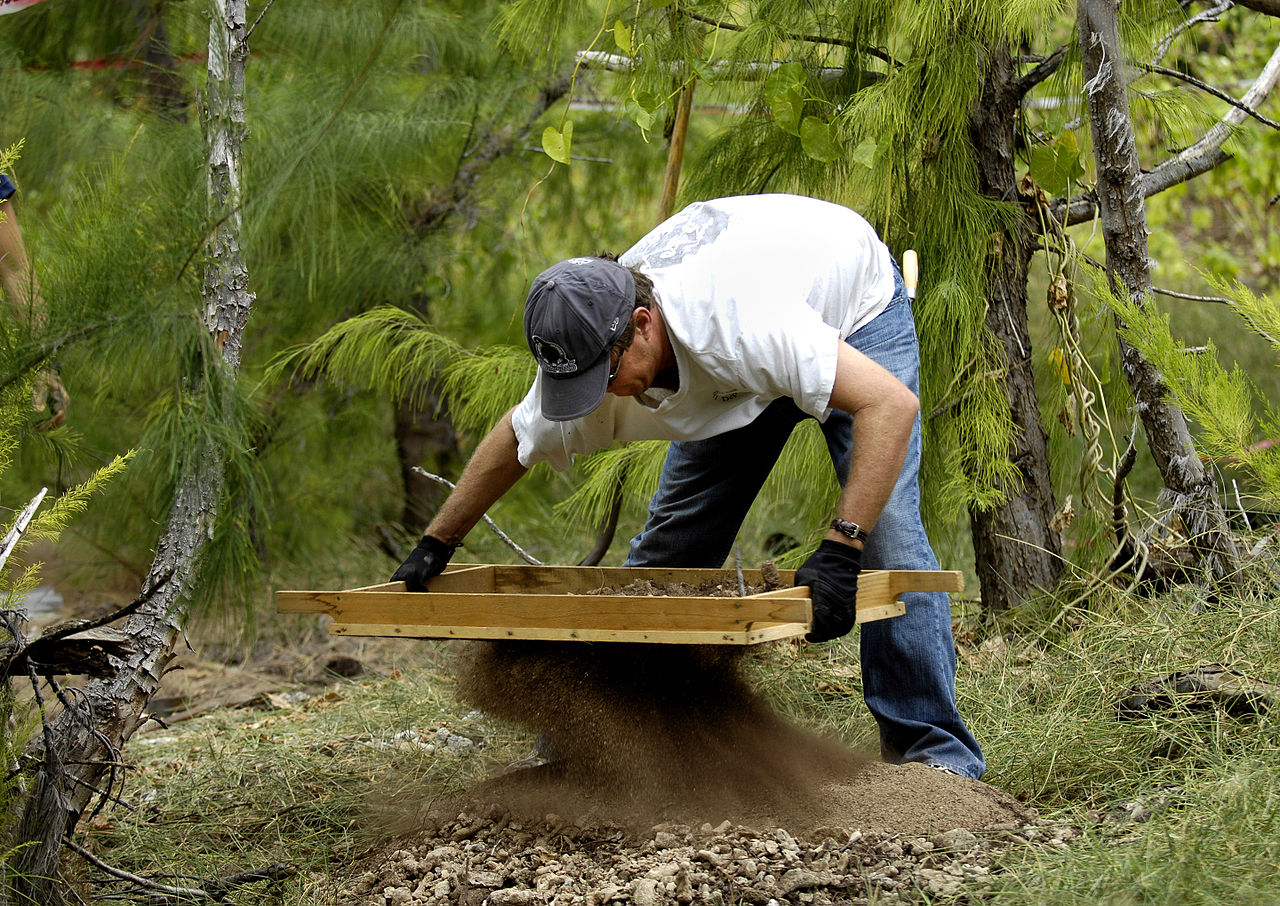 U.S. Air Force photo/Tech. Sgt. Shane A. Cuomo, Wikimedia Commons
U.S. Air Force photo/Tech. Sgt. Shane A. Cuomo, Wikimedia Commons
What Is The Significance Of This Newest Find?
While the team started digging at the site five years ago, groups of looters had damaged some of the archaeological areas of interest. However, because this newest haul of weaponry was hidden deep within the cave, it was preserved. The most significant finds are the weapons themselves, offering a key insight into the lives of the those who inhabited North America in the Neolithic Age.
You May Also Like:
The Sinking Of The USS Indianapolis
Wild Facts About Lewis & Clark You Were Never Taught At School
The Countries With The Most American Expats
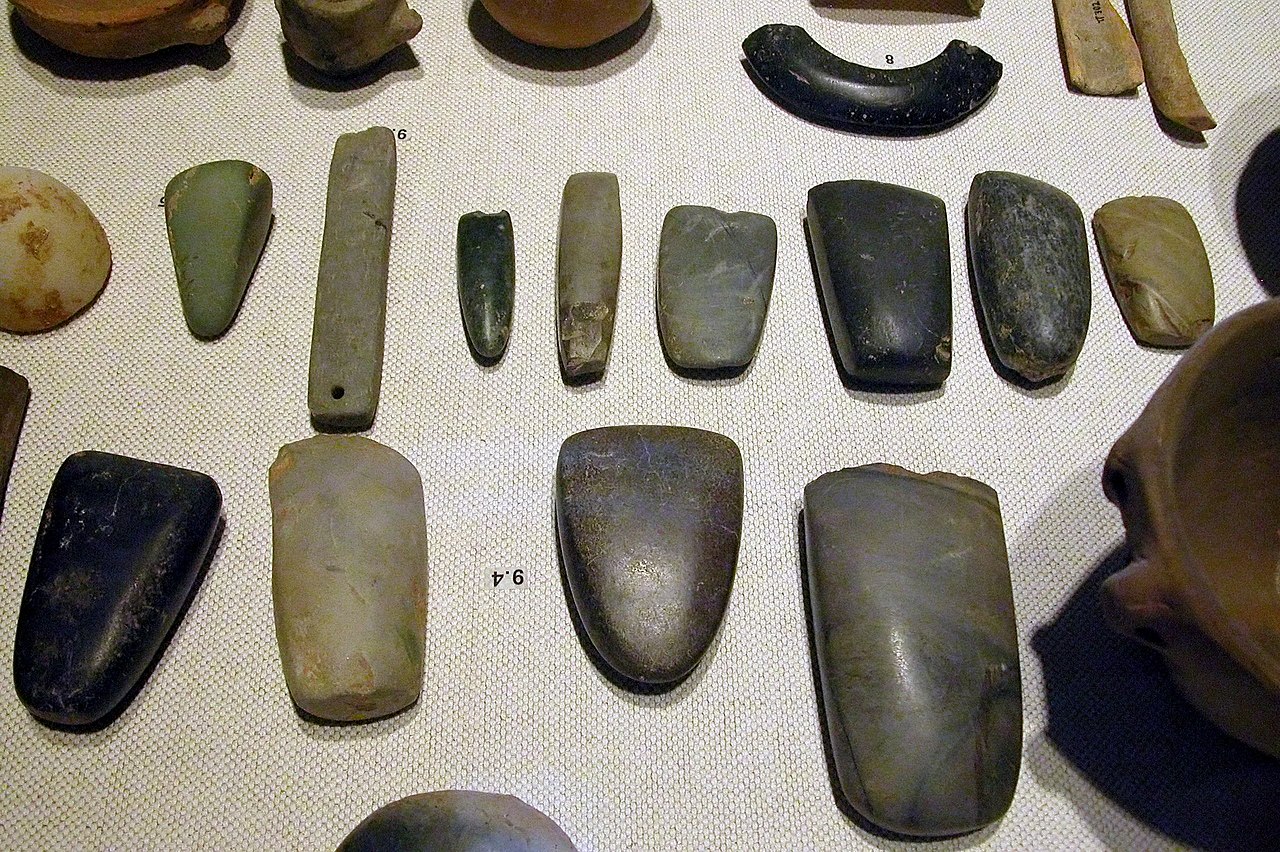 Michael Greenhalgh, Wikimedia Commons
Michael Greenhalgh, Wikimedia Commons


